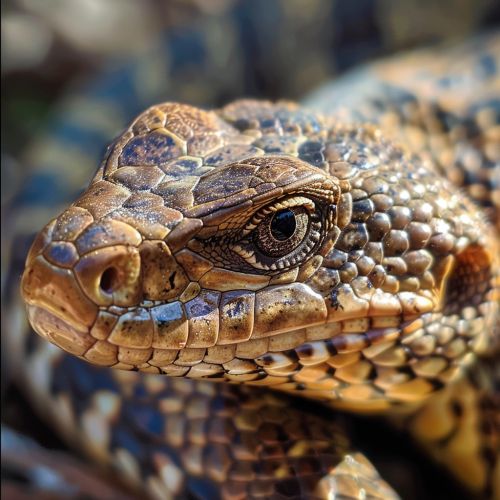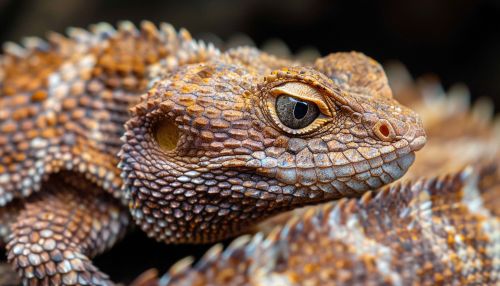Ectotherms
Introduction
Ectotherms are organisms that rely on external sources of body heat. They are also known as "cold-blooded" animals, although this term is somewhat misleading as their body temperature can be quite variable, depending on the ambient environment. Ectotherms include many species of fish, amphibians, reptiles, and invertebrates. This is in contrast to endotherms, or "warm-blooded" animals, which generate their own body heat internally.


Physiology of Ectotherms
Ectotherms have a metabolic rate that is largely dependent on the temperature of their environment. This is because the chemical reactions that drive their metabolism are directly influenced by temperature. When the environment is warm, their metabolic rate increases, allowing them to be more active. Conversely, when the environment is cool, their metabolic rate decreases, reducing their activity levels.
Ectotherms have developed a variety of behavioral and physiological adaptations to cope with these fluctuations in metabolic rate. For example, many ectotherms will bask in the sun to warm up, or seek shade to cool down. Some ectotherms, such as certain species of snakes and lizards, can also change the color of their skin to help regulate their body temperature.
Advantages and Disadvantages of Being an Ectotherm
Being an ectotherm has both advantages and disadvantages. On the positive side, ectotherms require less food than endotherms, as they do not need to burn calories to maintain a constant body temperature. This allows them to survive in environments where food is scarce. Ectotherms are also able to tolerate a wider range of temperatures than endotherms, which can be an advantage in variable climates.
On the downside, ectotherms are more susceptible to temperature extremes. If the environment becomes too hot or too cold, they may become lethargic or even die. Ectotherms are also generally less active than endotherms, particularly in cooler temperatures. This can make them more vulnerable to predators.
Ectotherms in Different Environments
Ectotherms can be found in a wide range of environments, from the hot deserts of the Sahara to the cold waters of the Arctic. Each environment presents its own challenges and opportunities for ectotherms.
In hot environments, ectotherms must avoid overheating. They do this by seeking shade, burrowing into the ground, or changing their activity patterns to be more active at night when it is cooler. Some ectotherms, such as desert lizards, have evolved specialized adaptations to cope with extreme heat, such as the ability to stand on their toes to minimize contact with the hot ground.
In cold environments, ectotherms face the challenge of maintaining their body temperature above a certain minimum level to avoid freezing. Some ectotherms, such as certain species of frogs, can produce antifreeze proteins that prevent their body fluids from freezing, allowing them to survive in sub-zero temperatures.
Role of Ectotherms in Ecosystems
Ectotherms play a crucial role in many ecosystems. They are often at the base of the food chain, serving as prey for a variety of predators. Ectotherms also contribute to nutrient cycling by breaking down organic matter and returning nutrients to the soil. In aquatic ecosystems, ectotherms such as fish and invertebrates help to maintain water quality by consuming algae and other organic material.
Conclusion
Ectotherms are a diverse and fascinating group of organisms that have evolved a range of adaptations to cope with the challenges of regulating their body temperature. Despite their limitations, ectotherms are able to thrive in a wide range of environments and play a crucial role in many ecosystems.
